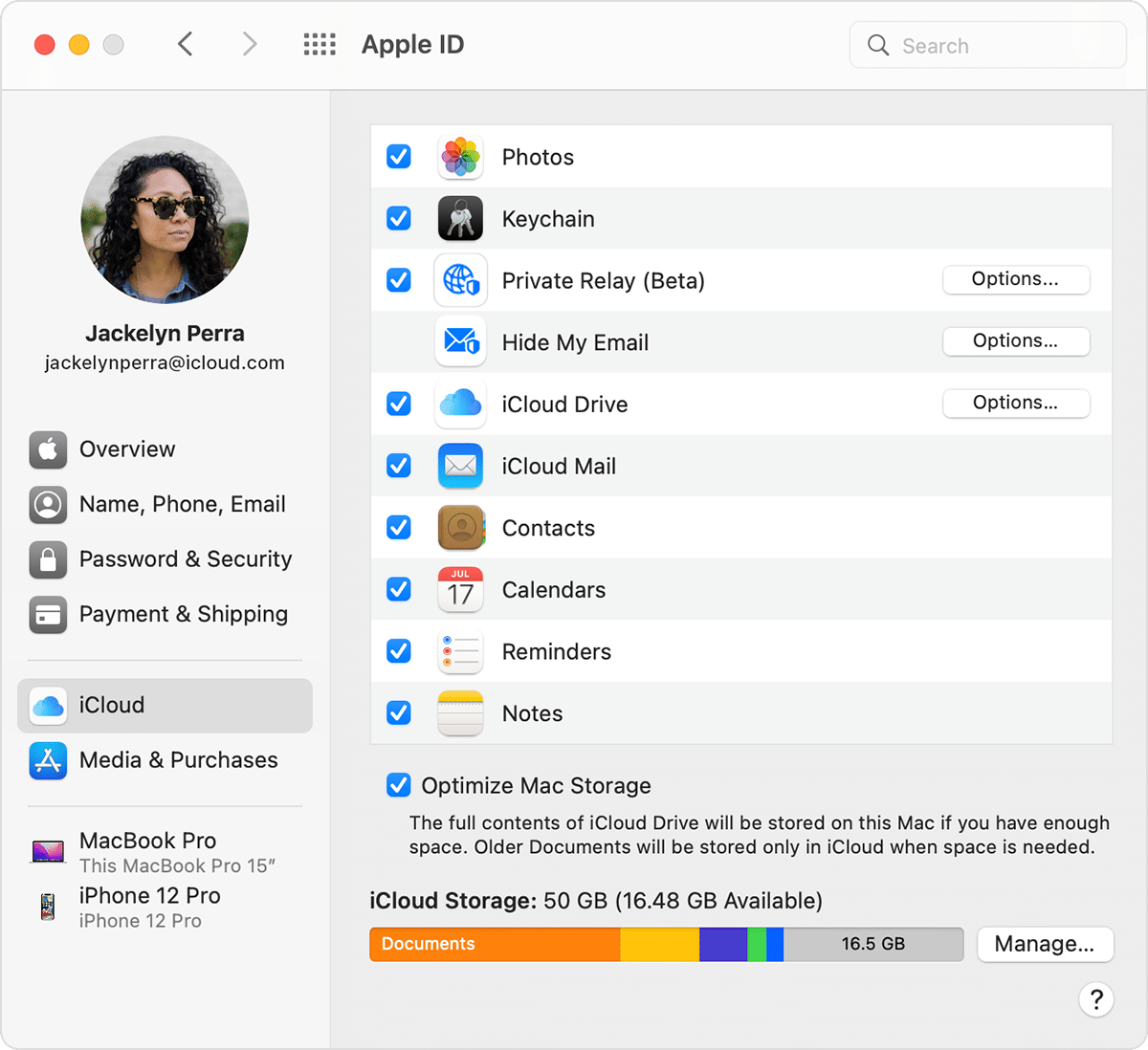



#DOWNGRADE MAC OS SOFTWARE#
While freeing up space on your hard drive might improve performance, your software probably wasn't causing these issues. Does downgrading macOS make my computer faster? Apple releases software updates to address numerous critical areas, such as tackling security risks and patching bugs, and these aren't necessarily things you want to avoid. But over time, you might find that your computer begins to perform worse. Is it bad to downgrade a current version of macOS?ĭowngrading the latest version of macOS might not cause any noticeable issues straightaway. This is why it's important to follow the advice we mentioned earlier in this article and back everything up before downgrading. Yes, downgrading macOS will delete everything on your computer. Does downgrading macOS delete everything? Recovery Mode itself won't delete everything unless you want this to happen. The point of Recovery Mode is to help you revert to a previous version of your computer or repair an issue you're dealing with. Does Recovery Mode on Mac delete everything? Quit Disk Utility, reinstall macOS, and select the new drive name as your installation drive. Change the name of your drive to something else.Ħ. Go to the toolbar at the top of your computer and click on "View," then select "Display All Drives" from the drop-down list of options.ĥ. After Step 3, open the Disk Utility app.Ģ. If the above is true for you, you'll need to wipe your hard drive by changing its file format before downgrading macOS. If you're reverting from recent version of macOS, like Catalina or Mojave to macOS High Sierra or earlier, you may face an issue while downgrading, as Apple changed the file system from HFS+ to AFPS in macOS High Sierra. You can now restore all your data and continue working as you normally would. Once done, you should have a working copy of an older version of macOS. (You'll require an Internet connection for the downgrade, since macOS needs to connect to the Internet for installation.)ĥ. Follow the on-screen instructions to reinstall macOS from your bootable installer.

In Recovery mode, select "Reinstall macOS" from Utilities. When it's booting, hold down Command + R to activate Recovery mode.Ĥ. Once downloaded, don't click on Install! You'll need to create a bootable installer for macOS first, which can be done on any external disk (such as a USB thumb stick.)ģ.
#DOWNGRADE MAC OS DOWNLOAD#
We've covered the download links and methods here.Ģ. Download the installer for the macOS version you want to install. This method will wipe the data from your hard drive, so make sure you've backed up all your data somewhere safe.ġ. If you don't have a Time Machine backup, you'll have to downgrade macOS the old-fashioned way: by resetting your hard drive.
#DOWNGRADE MAC OS HOW TO#
How to Downgrade macOS without Time Machine Once you've completed the steps above, your Mac should be ready to go with a downgraded version of macOS. (You can see which version of macOS the backup was made in.) Pick the last one you made prior to updating to the newer version of the Mac operating system. The next screen shows all your backups over time. Select the disc holding your Time Machine backup.Ħ.


 0 kommentar(er)
0 kommentar(er)
